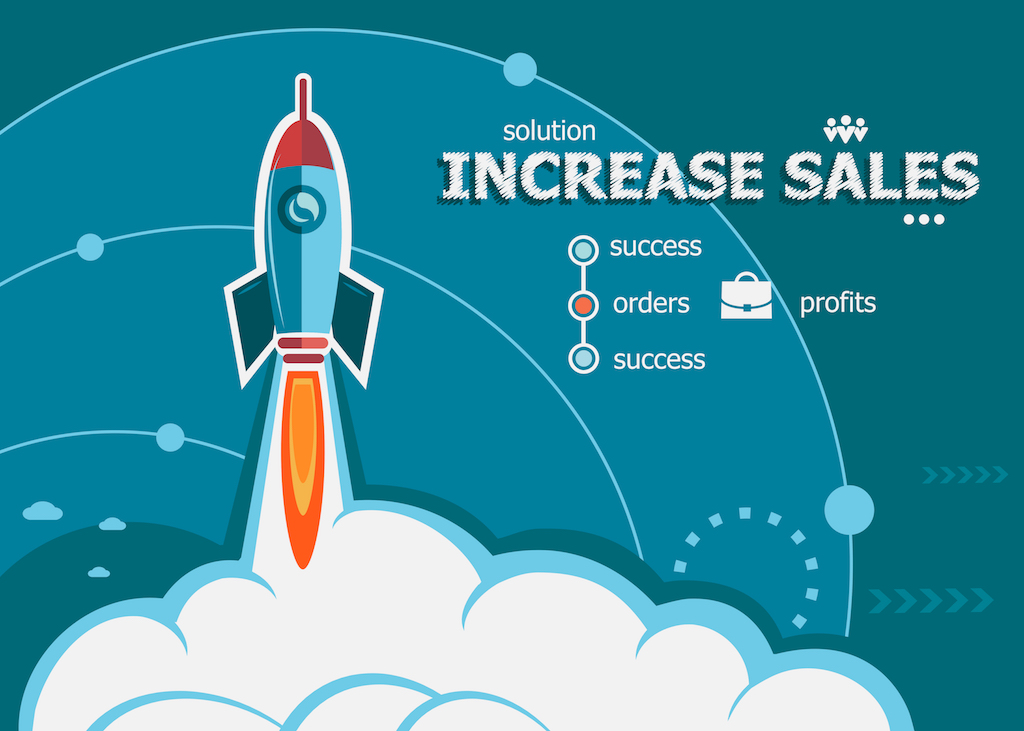Liv McGill provides a useful guide to what business owners need to know about managing their finances.
As a business owner, staying on top of your finances is essential. With so many metrics and KPIs to consider, it can be overwhelming to know which ones matter most.
To simplify things, here is a guide to key financial metrics you should focus on to ensure business success.
“It’s important to forecast cash flow, allowing you to anticipate incoming funds for the month or year”
By monitoring these numbers on a regular basis, you’ll be able to keep tabs on your company’s financial health and make changes as you need to.
Cashflow
Cash flow is a crucial indicator of your company’s financial health. It tracks the money flowing in and out of your business, including revenue and expenses. You can be profitable but still face cash shortages if your outflows, such as expenses, are due before you receive payments. Monitoring cash flow helps avoid these kinds of surprises.
How to measure it
A cash flow statement provides a detailed breakdown of cash generated from your core operations, cash flow from investing – which tracks capital expenditure and other investments, as well as cash flow from financing including loans, dividends, and equity transactions.
It’s important to forecast cash flow, allowing you to anticipate incoming funds for the month or year. Regular monthly monitoring ensures you know how much cash is available for essential expenses like payroll, inventory, and other operational costs.
Revenue
Your revenue gives you a snapshot of your business’s ability to generate income. By comparing revenue over time, you can assess whether your business is growing or facing a slowdown. Regularly track your total revenue by breaking it down by products, services, or sales channels to understand what’s driving growth.
Profit
Profit is why you’re in business, so it’s vital to track how much you’re earning. Several factors can impact profit, such as sales volume, product mix, and pricing. Tracking profits regularly helps you spot trends and make necessary adjustments.
If your profit margins are shrinking, you may need to cut expenses, boost sales, or consider raising prices if the market allows. If profits are growing, analyse what’s driving that growth to replicate it in the future.
How to measure profit
Your gross profit is the revenue left after deducting the direct costs associated with producing your goods or services, such as materials, labour, and production costs. Tracking these costs will show you how efficiently you’re managing production or service delivery costs. Controlling them helps maintain healthy margins. By calculating them monthly or quarterly you can determine your gross profit. A declining gross margin could indicate rising costs or ineffective pricing strategies. A healthy gross margin varies by industry but typically falls between 20-50%.
Net profit (or net income) is the money left after all expenses (operating costs, taxes, interest) have been deducted from your total revenue. Net profit is the “bottom line” that determines the overall profitability of your business. A low or negative net profit can signal financial trouble. A good net profit margin typically ranges between 5-20%, but this varies significantly by industry.
Accounts payable
Accounts payable refers to the money your business owes suppliers for goods or services. Keeping track of this figure helps you manage monthly spending and know how long it will take to settle your debts. Ideally, you want to minimise accounts payable by negotiating payment terms with suppliers and ensuring you have sufficient cash on hand to meet those obligations.
Accounts receivable
Accounts receivable is the money owed to your business by customers for products or services. A high accounts receivable balance can lead to cash flow challenges, particularly if payments are delayed.
It’s also essential to monitor ageing accounts—overdue invoices that signal customers may not be paying on time or at all. Staying on top of your invoicing process and offering incentives like early payment discounts or payment plans can help ensure timely payments. Online invoicing is a good way to streamline the billing process, ensuring that invoices are sent out promptly and accurately.
Finance software
Financial management software can automate many aspects of managing your business finances, from tracking expenses and revenues to generating detailed financial reports. You can get software that integrates with your other business systems such as sales and inventory to give you the most comprehensive financial overview.
Stay informed
Adhering to financial regulations is crucial to avoid penalties and legal complications. Keep up to date with applicable tax laws, labour laws, and industry-specific regulations that impact your business’s financial operations. Consulting with a financial advisor or accountant can help ensure compliance and allow you to leverage any available tax incentives or benefits for your business.
Available resources
From starting to running to growing, there are a range of funds, grants and financial supports available for businesses in Ireland. Find out more in our guide.
There are several resources available to help with financial planning and performance measurement. Your Local Enterprise Office (LEO) offers advice, training, and financial assistance. Revenue.ie provides resources on tax compliance, financial regulations, and VAT. Microfinance Ireland offers loans to small businesses and startups that may be struggling to access finance.
It is very important from day one to separate your personal finances from your business finances. Many business owners fail to make this distinction, but it is worth getting this right from the start. Open a business bank account when you’re ready to start accepting or spending money as your business. Not only does this help you to stay legally compliant and protected, it also benefits customers and future employees in the long run.
Bank of Ireland has created a Business Startup Package that includes a business current account.
By regularly monitoring these key financial metrics, you’ll have a clear understanding of your business’s health, profitability, and areas that need improvement. These metrics also serve as tools to guide your strategic decisions, enabling sustainable growth for your business.
-
Bank of Ireland is welcoming new customers every day – funding investments, working capital and expansions across multiple sectors. To learn more, click here
-
Listen to the ThinkBusiness Podcast for business insights and inspiration. All episodes are here. You can also listen to the Podcast on:
-
Spotify
-
SoundCloud
-
Apple






